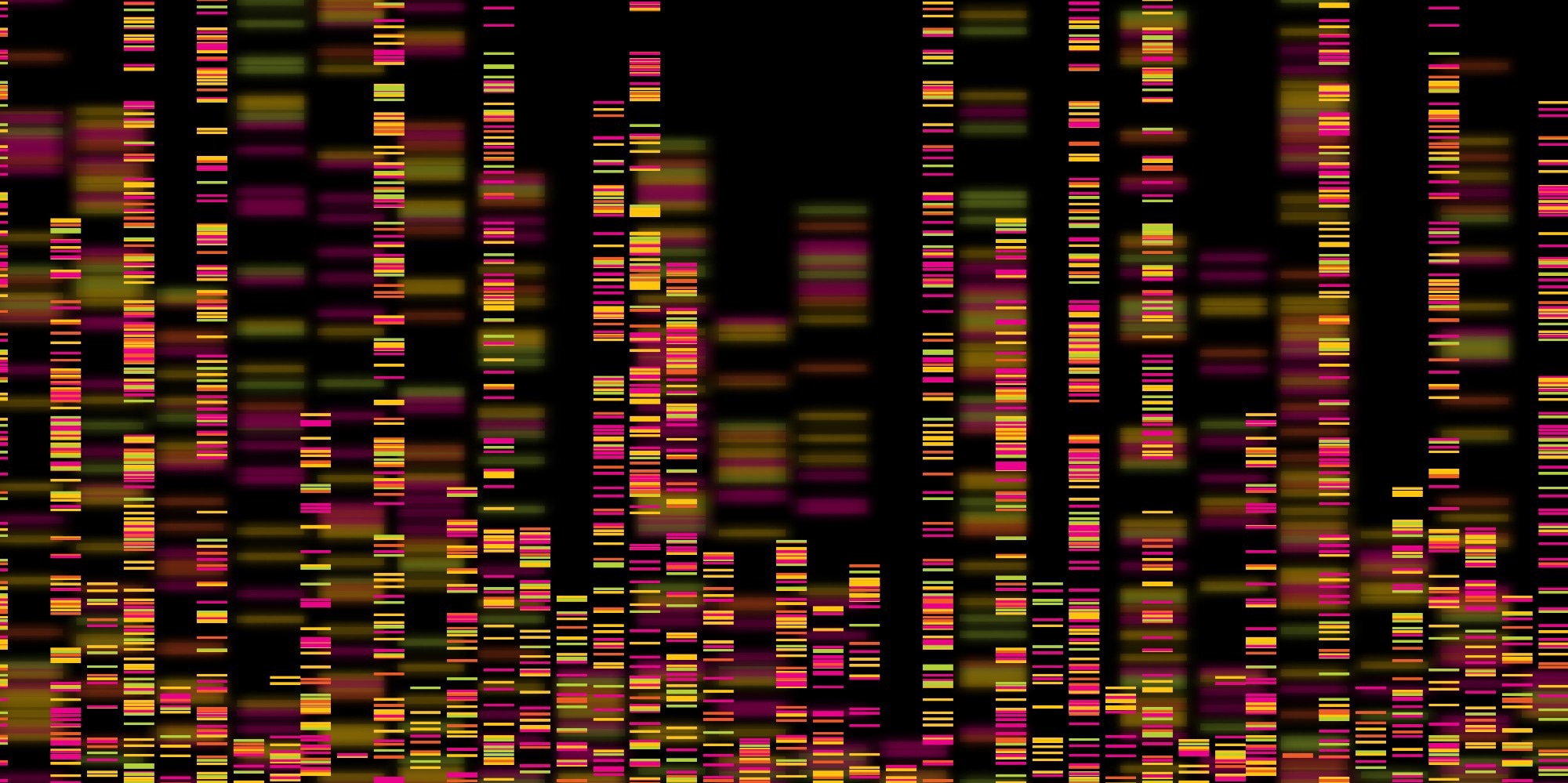Diversity in genomic research is not always ubiquitous, with current research in this area being widely focused on populations derived from European descent. This disproportionate research on one type of population can result in healthcare bias, with treatments being provided that benefit the population that is the most well-represented in genomic research. This disproportional benefit can heavily impact unrepresented populations of various ethnicities, decreasing treatment efficacy and quality of care.

Image Credit: Rawpixel.com/Shutterstock.com
Genomic Representation
Although there has been consensus within the scientific community on the significance of diversity in genomic research for the progression of science as a whole, this has not translated into actions of inclusion.
Diversity within genomic research includes populations from various ethnic backgrounds within various global countries. The National Human Genome Research Institute has reported on the percentages of various ancestry populations included in large-scale genomic research studies, with the results being overwhelmingly disproportionate in favor of those of European descent.
Genomic Diversity
The genome consists of all genes and genetic information within a person, with building blocks including nucleotide bases found in DNA. The significance of DNA lies within its association with living things and biological processes; any similarities and differences found in the genome are wholly founded within this key genetic building sequence.
Interestingly, researchers working on the Human Genome Project have found the human genome to have amassed significant changes over a span of 25,000 years, with factors such as population expansion and migration across the globe being responsible.
Human DNA has been found to hold 99.9% similarity across the whole species; however, with approximately three billion nucleotide bases making up the human genome, the potential of variants in DNA sequences holds great importance. These variants can be high or low in frequency within different populations, with commonality being found in families, ethnic populations, or even geographic regions. However, some mutations or variants can be extremely rare.
These differences, while seemingly minute, cannot be obscured with a single genome that is being used to represent the world’s populations. This can cause healthcare bias focused on treatments that cannot be universalized, leading to ineffective results.
While efforts to address the lack of diversity in genomic research have been undertaken, such as funding the Human Pangenome Reference Program, which aims to collect reference genome sequences to increase the representation of diverse global populations, this area is still progressing.

Image Credit: Zita/Shutterstock.com
Healthcare Bias and Treatment Plans
Genomic research rich in diverse populations enables the progression of medicine and healthcare; with prevention and treatment of human disease being a priority for biomedical researchers, understanding genetic risk and predisposition is paramount for successful patient care.
This scientific imperative to include diverse populations allows for the opportunity to discover and understand how regional factors such as changes in climate, diet, or even diseases can impact human bodies. Collating such critical information on body responses that overcome challenges in different populations is imperative for the progression of scientific research. As a whole, this can inform clinical decisions and interventions for health policies and aid disease control and prevention.
A former US Surgeon General, Dr David Satcher, and his colleagues once estimated the number of deaths per year due to health disparities in patient populations of black backgrounds as opposed to white backgrounds, with a devastating 83,000 deaths being reported.
Health disparities between different backgrounds are largely due to genetic influences, which can be seen within an example of kidney disease that has a higher level of prevalence in populations of African descent. This may be a result of genetic variants such as APOL1, a gene that is associated with a significantly increased risk of kidney disease.
This type of variant is common in those of African descent with high allele frequencies that predispose the carriers to a higher risk of kidney disease; the reasoning behind this allele frequency in this particular population type is due to potentially enabling resistance against an infectious disease called human African trypanosomiasis, which is also known as African Sleeping Sickness.
Translational Significance and Future Outlook
Understanding information on diverse populations that carry a kaleidoscope of genetic variants can lead the path toward personalized medicine, with earlier diagnoses, targeted interventions, and easing health burdens. This would not only aid migrating populations that are growing and habituating in various regions in living a healthier and less combative quality of life through decreasing health disparities and mortality rates but also enrich the knowledge of the scientific community and ease the financial strain on healthcare systems.
The growth of genomic research through the use of genome projects may assist in amassing knowledge of how some populations carry natural immunity to certain diseases but also carry vulnerability to other infectious diseases. Gathering this information can inform and improve research into novel therapeutics, with infection control being a high priority for the field of medicine, aiding to improve the quality of life of all humans, no matter the background.
Sources:
- Bentley, A., Callier, S. and Rotimi, C., 2017. Diversity and inclusion in genomic research: why the uneven progress?. Journal of Community Genetics, 8(4), pp.255-266. Available at: 10.1007/s12687-017-0316-6
- Genome.gov. 2022. Diversity in Genomic Research. [online] Available at: <https://www.genome.gov/about-genomics/fact-sheets/Diversity-in-Genomic-Research> [Accessed 21 April 2022].
- Ionita-Laza, I., Lange, C. and M. Laird, N., 2009. Estimating the number of unseen variants in the human genome. Proceedings of the National Academy of Sciences, 106(13), pp.5008-5013. Available at: 10.1073/pnas.0807815106
Further Reading
Last Updated: May 16, 2023